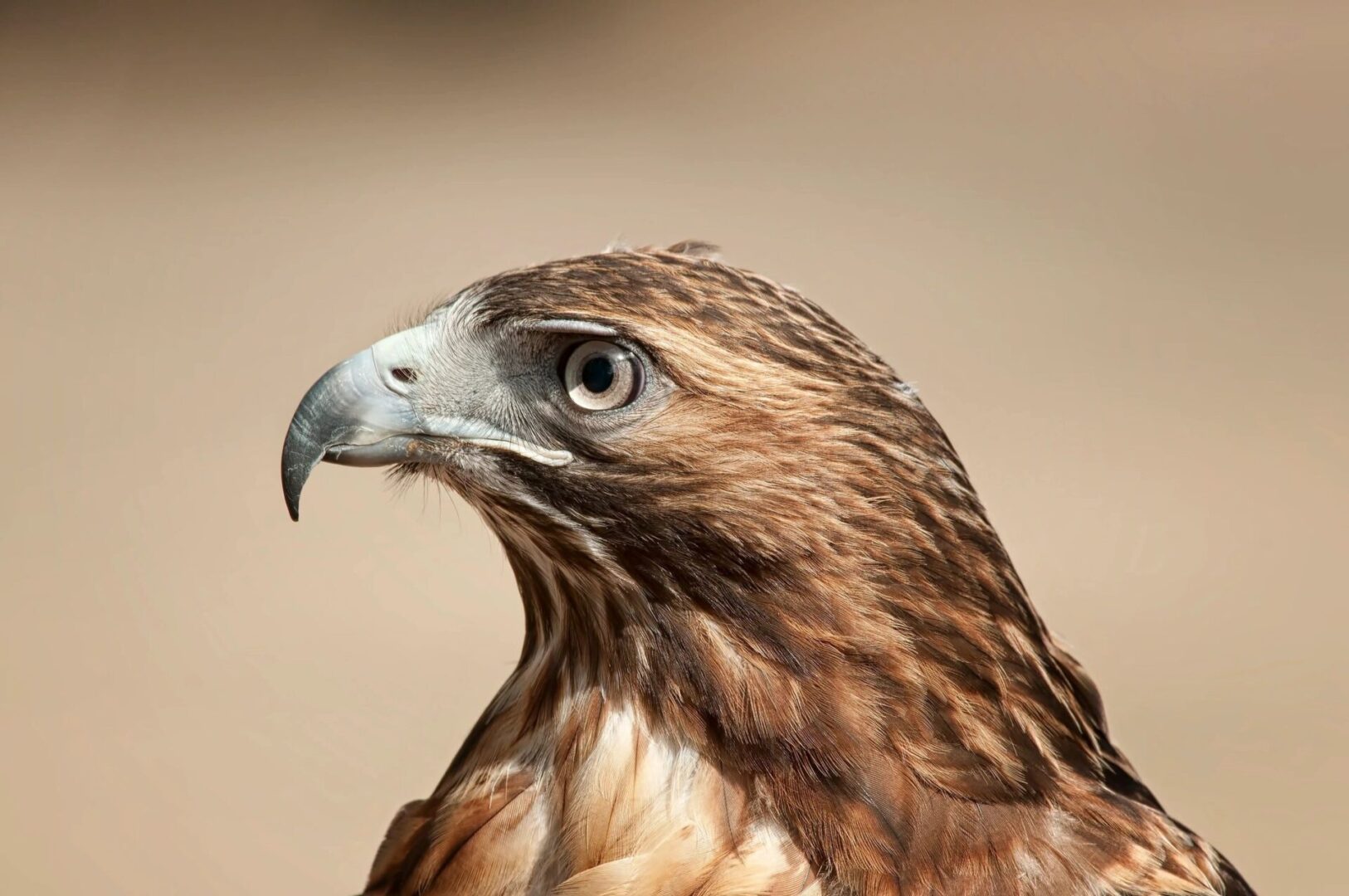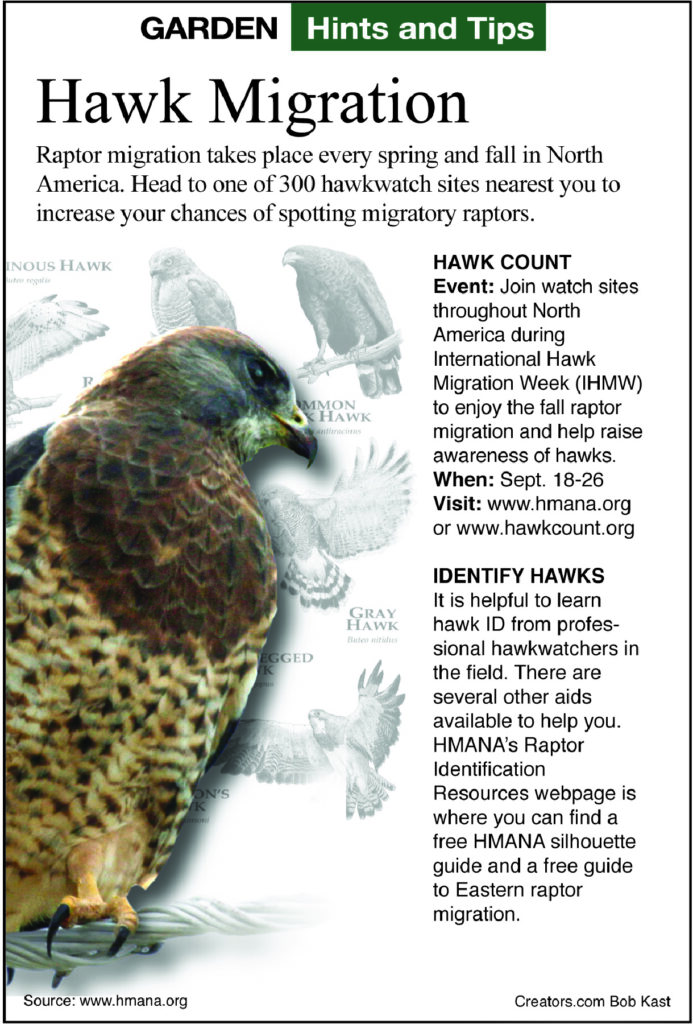Search Posts
Recent Posts
- Rhode Island Weather for June 1, 2025 – Jack Donnelly June 1, 2025
- To Do in RI: 26th Annual Rose Show of the Rhode Island Rose Society June 1, 2025
- Victory is ours: Victory gardens are blossoming again – Chuck Norris June 1, 2025
- Ask Chef Walter: The problem with “The Best” – Chef Walter Potenza June 1, 2025
- Gimme’ Shelter: Kava is waiting at the Providence Animal Control Center June 1, 2025
Categories
Subscribe!
Thanks for subscribing! Please check your email for further instructions.

A Greener View: Hawk Migration – Jeff Rugg
by Jeff Rugg, contributing writer
For gardeners in the northern two-thirds of the country, the fall is a time to clean up the leaves, plant a few bulbs and pack things up for the winter. Even in the south, the fall is a good time to reflect on how things looked over the summer and begin the planning process for next year.
For those of us who enjoy the great American hobbies of gardening and bird-watching, spring is obviously a big time, but autumn has a special treat in store for bird-watchers. The migration of birds of prey can be a spectacular thing to watch. Raptors, as they are called, include falcons, hawks, eagles, vultures and a few other birds of prey like the fish-eating osprey, but do not include owls.
Most raptors migrate south from northern areas or down from higher-altitude nesting areas to find better sources of prey during fall and winter. While migrating, raptors use air currents, such as rising thermals and updrafts on wind-facing hills, to maintain their altitude. Even a pocket of warm air rising from a blacktop parking lot can help them stay aloft. Since thermals and updrafts from hills occur over land, many hawks do not readily fly over open water. From an altitude of only a few hundred feet, their field of view is expanded to many miles. Once they reach as high as they can by circling within a thermal, they will fly in a steady direction to the next hill where they can get another updraft. Because they depend on these wind currents, the birds may become clustered together in almost any locale. It’s possible to see hundreds of these sometimes-rare birds circling in the same thermal. This spectacular view is called a kettle of hawks. The number of hawks in a kettle can be counted as they spin out of the top and begin their long downhill glide to the bottom of the next thermal.

As they travel along ocean and lake coastlines and mountain ridges, they sometimes come to locations that make them easy to see. Almost every area of the country has one of these hawk-watching points. Many times, an organization has been formed to protect the land in that area or to capture and band some of the birds so that we can find out where they go.
One of the oldest of these locations and organizations is at Hawk Mountain in Pennsylvania. The 2,400-acre refuge was established in 1934 and is now an international center for research on raptors. Hawk Mountain is within a three-hour drive of New York City and Washington, D.C. Check out their website at www.hawkmountain.org to get directions and to see how many hawks, eagles and falcons have been seen this fall. On the West Coast, there is a bottleneck in the raptor highway along the coast at the Golden Gate. The southward migrating raptors are squeezed by San Francisco Bay on the east and the Pacific Ocean on the west. Thousands of individuals of up to 19 raptor species pass through the Marin Headlands each fall.
Some other good fall hawk-watching locations are Point Reyes in California, Cape May in New Jersey, Hawk Ridge in Duluth, Minnesota, the western shore of Lake Michigan, the Gulf of Mexico coast in Texas, and Point Pelee in Ontario, Canada, which extends into Lake Ontario across from Cleveland, Ohio. Each of these places is also a good place to watch many other birds and is among the top 10 places to watch birds in all of North America. Other good hawk-watching resources include at www.peregrinefund.org, hawkwatch.org and Hawk Migration Association of North America at hmana.org. Email questions to Jeff Rugg at info@greenerview.com. To find out more about Jeff Rugg and read features by other Creators Syndicate writers and cartoonists, visit the Creators Syndicate website at www.creators.com.
___
To read more columns on gardening by Jeff, go to: https://rinewstoday.com/?s=jeff+rugg

Email questions to Jeff Rugg at info@greenerview.com. To find out more about Jeff Rugg and read features by other Creators Syndicate writers and cartoonists, visit the Creators Syndicate website at www.creators.com. COPYRIGHT 2020 JEFF RUGG – DISTRIBUTED BY CREATORS SYNDICATE
Email questions to Jeff Rugg at info@greenerview.com. To find out more about Jeff Rugg and read features by other Creators Syndicate writers and cartoonists, visit the Creators Syndicate website at www.creators.com. – COPYRIGHT 2021 JEFF RUGG – DISTRIBUTED BY CREATORS
